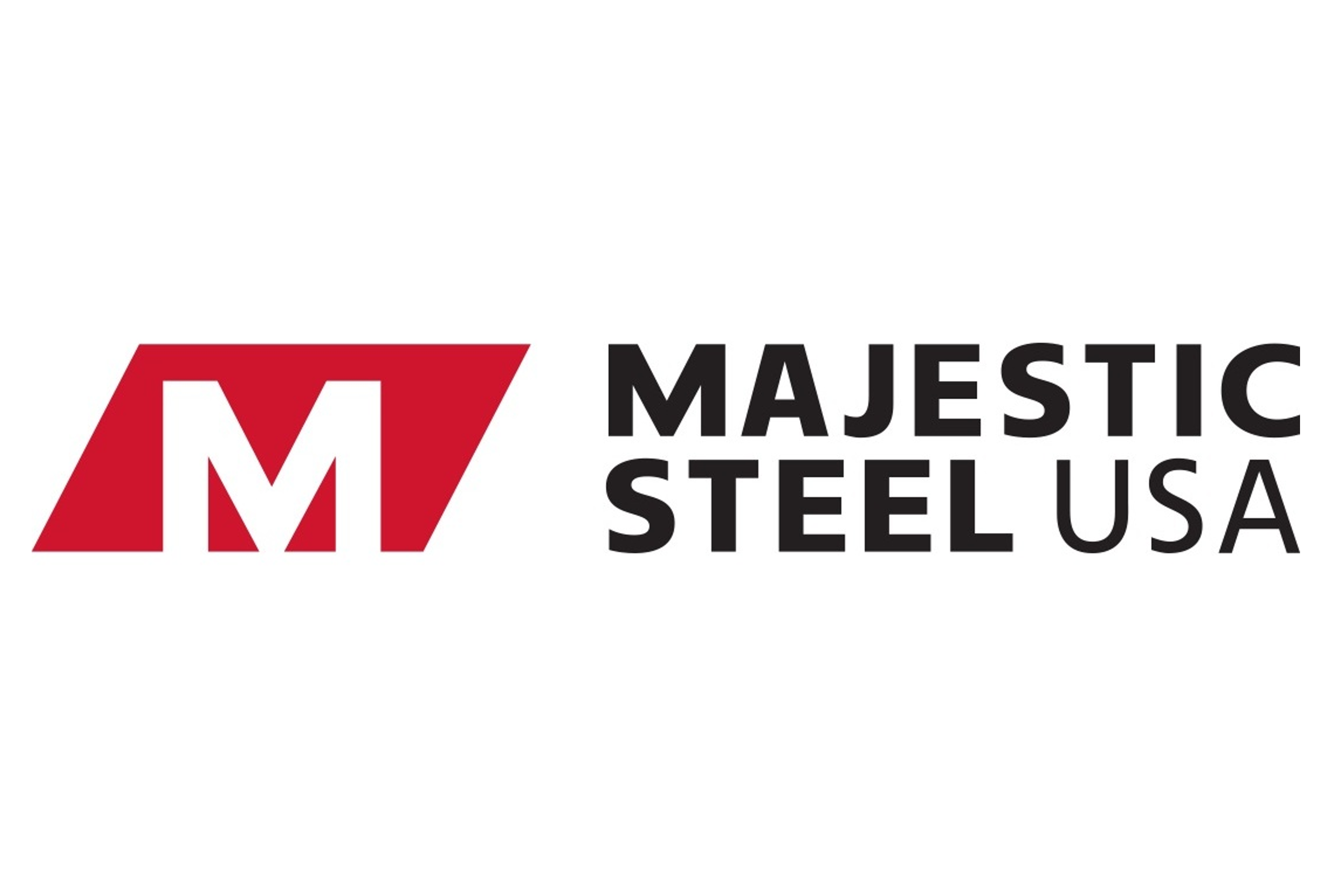Product

October 4, 2022
Steel Market Chatter This Week
Written by Brett Linton
SMU polled steel buyers on a variety of subjects on Monday and Tuesday of this week, including current and future steel prices, inventory strategies, supply, demand, and new mill capacity. Rather than summarizing the comments we received, we are sharing them in each buyer’s own words.
We want to hear your thoughts, too! Contact Brett@SteelMarketUpdate.com to be included in our questionnaires.
Where do you think steel prices will bottom, and when? Or have they already reached a bottom?
“I think we’re going to ebb-and-flow at these levels for a while, so I’ll call the market ‘bottoming’ right now.”
“Should bottom out at $750/ton, within the next month.”
“If USW strikes, we are at the bottom. If not, we may have further to go. Too much supply for demand.”
“Plate I believe has some room to fall but not by much – it may fall back to $1,500/t in Q4. However, that would be the bottom should it fall back that much.”
“October, maybe November. Upward push through global energy costs and raw materials.”
“In the $600s, fourth quarter, lack of demand and more availability.”
“December 2022. We’ll get a New Year bump, but not confident it will stick for long.”
“Basically at the bottom.”
“I think they are bottomed now, until lead times hit late November and maintenance outages are finished and then prices will be under severe pressure again until we get out of this year.”
“I thought we were at bottom. I was surprised at last week’s Index. We have to be real close to bottom.”
“10% lower. Supply and demand. Slowdown.”
“Plate won’t bottom until sometime in 2023.”
US Steel had idled blast furnaces at it Gary Works and at its Mon Valley Works. Do you expect additional blast furnace idlings in North America?
“Realistically, we’ll continue to see extended outages and/or idlings. There is definitely more supply than demand right now, which is a tough dynamic for us all to deal with.”
“Yes, they are becoming obsolete and high cost.”
“Idling two furnaces should create enough demand to satisfy the mills.”
“Yes, if demand continues to slow down.”
“That depends when automotive returns.”
“Maybe… depends on a number of factors. Very fuzzy crystal ball.”
“Not certain at this time…”
“Nothing imminent.”
Is demand improving, declining or stable, and why?
“I see demand as stable through December, with some softening as we move into Q1 2023.”
“Demand is down but depends on segment. Demand depends on the type of customer (distributor or manufacturer) and industry. Distributors are driving inventories down and sales to them are slower. But their sales to end users might be okay, albeit slightly down. Manufacturers are busier.”
“Overall declining, depends on market segment.”
“Plate demand is stable to improving for Q4 with several large projects proceeding forward.”
“Demand is stable, but have to figure seasonal slowdown around the holidays.”
“It certainly seems from a macro level that demand is declining. Normally you see a post-summer spike, but it just doesn’t seem to be materializing right now.”
“Demand seems stable at this time.”
Are you seeing the impact of new North American capacity in the market?
“Yes. Even though most mill expansion came on behind schedule, capacity that has been added is not needed at this time.”
“Somewhat–still problems with some start up problems.”
“Not yet as many outages and idlings.”
“Absolutely. Not only is there more capacity, but the newer folks are still some of the most hungry.”
“No, not in the foreseeable future. Maybe late 2023 in the plate world”
“I think everyone is seeing the impact of the new capacity. I also suspect, the mills knew what they were doing when adding the capacity. In the short run, we will have over supply, but on a longer time horizon, supply and demand will level out.”
“Not as of yet…”
“Not at all.”
Has your inventory strategy changed because of the extreme volatility of the last two years? Are you carrying more or less inventory than you did in the past?
“Trying to carry less than in the past. We have a more cynical view of our customers’ forecasts.”
“Far less than ever before, lowest in our history as a company.”
“Same strategy: run lean to stay as close to the current market as possible.”
“We’re maintaining pretty much the same amounts.”
“Yes our strategy has changed to carrying less inventory. Unfortunately, we are carrying the same quantity of inventory due to decreased demand.”
“We are admittedly new to the OEM world, but it is still very much a ‘why buy today when it’ll be lower or the same next week’. No reason to spend the cash outlay at this juncture.”
“Increase inventory when we see a reduction coming.”
“Less inventory, with prices changing quickly, inventory management is key.”
“We are carrying the same year-over-year quantities, with slight adjustments for market conditions.”
“We are carrying less than we did in the past.”
PSA: If you have not looked at our latest SMU Market Survey results, they are available here on our website to all Premium members. We often refer to this as our ‘Steel Market Trends Report,’ and we publish updates every other Friday. We encourage readers to explore the full results, as we simply cannot write about all of the information within. After logging in at SteelMarketUpdate.com, visit the Analysis tab and look under the “Survey Results” section for “Latest Survey Results.” Historical survey results are also available in the Survey Results section under “Survey Results History.” We will conduct our next market survey next week, contact us if you would like to have your company represented.
By Brett Linton, Brett@SteelMarketUpdate.com







